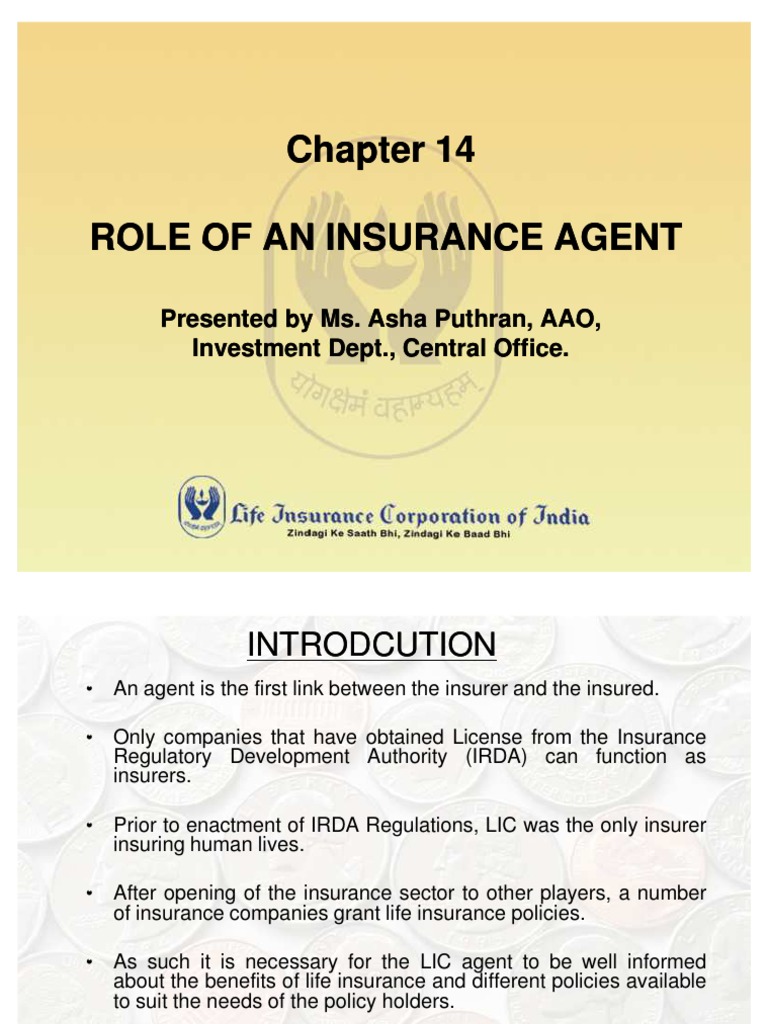The Main Principles Of Pacific Prime
The Main Principles Of Pacific Prime
Blog Article
Pacific Prime - Questions
Table of ContentsAbout Pacific PrimeGetting The Pacific Prime To WorkPacific Prime Can Be Fun For AnyoneThe Only Guide for Pacific PrimeThe 3-Minute Rule for Pacific Prime

This is since the information were gathered for a duration of strong economic efficiency. Of the estimated 42 million individuals that were uninsured, almost about 420,000 (concerning 1 percent) were under 65 years of age, the age at which most Americans end up being qualified for Medicare; 32 million were grownups between ages 18 and 65, around 19 percent of all grownups in this age group; and 10 million were kids under 18 years old, about 13.9 percent of all kids (Mills, 2000).
These price quotes of the number of individuals without insurance are created from the yearly March Supplement to the Present Population Study (CPS), carried out by the Census Bureau. Unless otherwise noted, nationwide price quotes of individuals without medical insurance and proportions of the population with different kinds of protection are based upon the CPS, one of the most extensively used source of quotes of insurance coverage and uninsurance rates.
The Single Strategy To Use For Pacific Prime

Still, the CPS is especially helpful because it produces yearly price quotes relatively swiftly, reporting the previous year's insurance coverage approximates each September, and due to the fact that it is the basis for a consistent collection of quotes for more than 20 years, enabling analysis of trends in insurance coverage gradually. For these factors, along with the extensive use the CPS in other researches of insurance coverage that are presented in this record, we rely upon CPS price quotes, with restrictions noted.

The price quote of the number of without insurance people expands when a populace's insurance policy status is tracked for several years. Over a three-year duration beginning early in 1993, 72 million individuals, 29 percent of the U.S. https://sitereport.netcraft.com/?url=https://www.pacificprime.com. population, lacked coverage for a minimum of one month. Within a solitary year (1994 ), 53 million people experienced a minimum of a month without protection (Bennefield, 1998a)
6 out of every 10 uninsured adults are themselves utilized. Although working does boost the chance that a person and one's relative will certainly have insurance coverage, it is not an assurance. Even participants of households with two full time wage earners have almost a one-in-ten opportunity of being uninsured (9.1 percent without insurance rate) (Hoffman and Pohl, 2000).
Unknown Facts About Pacific Prime
New immigrants represent a substantial proportion of people without medical insurance. One analysis has connected a substantial section of the recent growth in the size of the U.S. without insurance populace to immigrants who arrived in the country between 1994 and 1998 (Camarota and Edwards, 2000). Current immigrants (those that concerned the United States within the previous 4 years) do have a high rate of being uninsured (46 percent), but they and their kids make up just 6 percent of those without insurance policy across the country (Holahan et al., 2001).
The relationship between medical insurance and access to care is well developed, as documented later on in this phase. Although the connection between health and wellness insurance policy and health and wellness results is neither straight nor straightforward, a considerable medical and health services research study literary works links medical insurance coverage to improved accessibility to care, far better high quality, and improved individual and population health standing.
Levels of evaluation for analyzing the results of uninsurance. It concentrates particularly on those without any kind of health and wellness insurance for any kind of size of time.
Our Pacific Prime Ideas
The problems faced by the underinsured remain in some respects comparable to those dealt with by the without insurance, although they are generally much less severe. maternity insurance for expats. Uninsurance and underinsurance, nonetheless, entail distinctly various policy problems, and the techniques for addressing them may vary. Throughout this research and the 5 reports to comply with, the major focus gets on persons with no wellness insurance and thus no support in paying for health care past what is readily available with charity and safety net organizations
Medical insurance is a powerful variable impacting invoice of care because both people and medical professionals respond to the out-of-pocket rate of solutions - https://www.cheaperseeker.com/u/pacificpr1me. Medical insurance, however, is neither required nor sufficient to gain accessibility to clinical services. The independent visit this page and direct result of health insurance protection on access to health solutions is well established.
Others will certainly obtain the healthcare they need also without health insurance, by paying for it expense or seeking it from carriers who provide treatment totally free or at highly subsidized rates. For still others, health insurance coverage alone does not ensure invoice of care due to other nonfinancial obstacles, such as an absence of healthcare service providers in their area, limited access to transport, illiteracy, or linguistic and cultural distinctions.
The smart Trick of Pacific Prime That Nobody is Discussing
Formal research regarding uninsured populaces in the USA dates to the late 1920s and early 1930s when the Committee on the Expense of Medical Treatment generated a collection of records concerning financing physician office sees and hospitalizations. This issue came to be significant as the varieties of medically indigent climbed up during the Great Depression.
Report this page